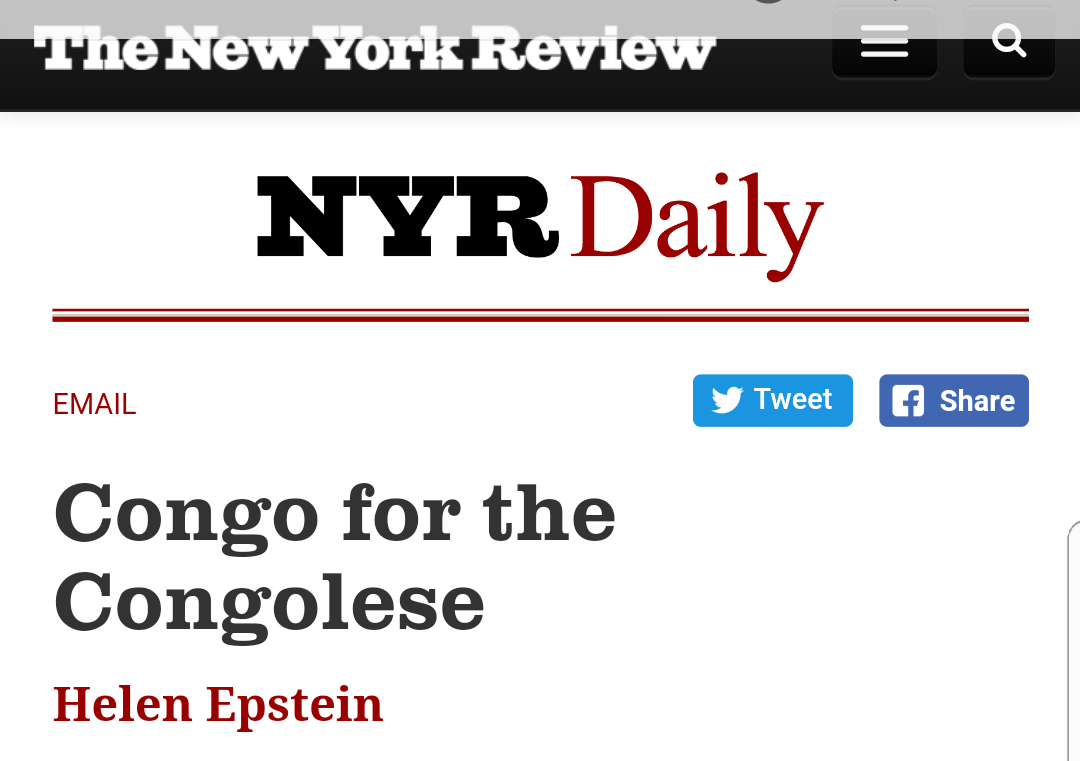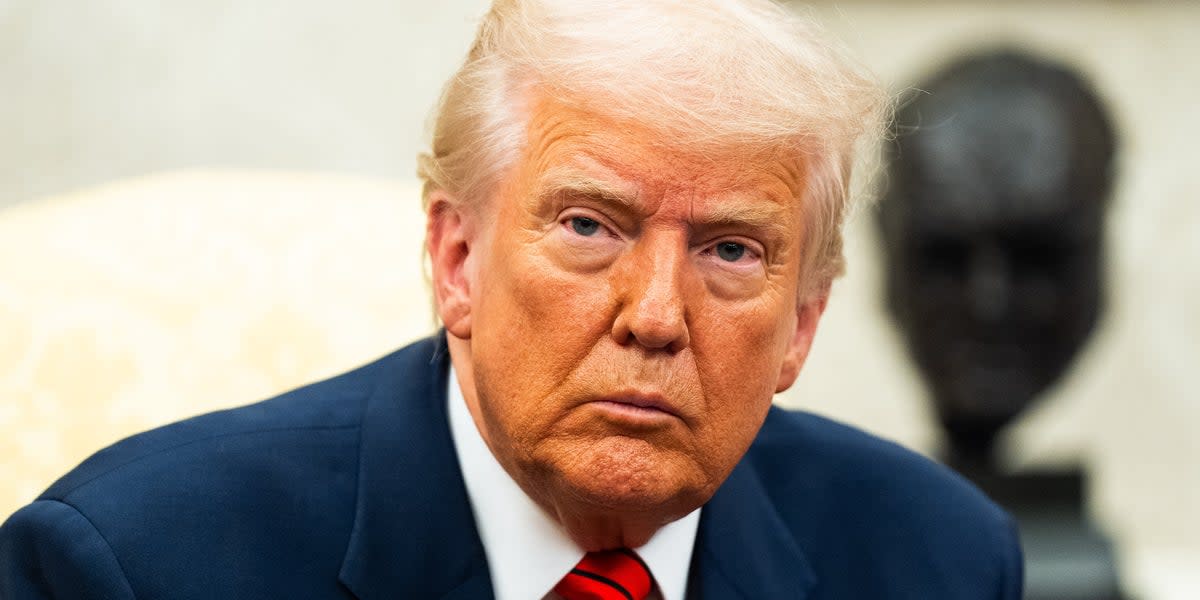Like most of eastern Congo, Beni is largely a no-man’s land, ruled by a shifting collection of armed groups, some of which may receive support from the government in Kinshasa, while others enjoy clandestine assistance from neighboring Rwanda, Uganda, Burundi, and other sources. Some groups try to defend the local population against attacks by other groups and some harbor larger political goals. Many combatants survive amid the lawlessness by extortion and plunder, and some migrate from one group to another for purposes of espionage, switching loyalties, or for mercenary reasons. This chaotic picture makes it unlikely that anyone, including most of the participants themselves, entirely understands the conflict.
Ahead of his first state visit to Africa in March, Secretary of State Rex Tillerson should rethink Washington’s longstanding support for some of Africa’s more tyrannical regimes, particularly those of Yoweri Museveni of Uganda and Paul Kagame of Rwanda, whose security forces continue to prey on their vast, mineral-rich neighbor Congo.
Beneath Congo’s soil lies an estimated (at 2011 prices) $24 trillion in natural resources, including rich supplies of oil, gold, diamonds, the coltan used in computer chips, the cobalt and nickel used in jet engines and car batteries, the copper for bathroom pipes, the uranium for bombs and power plants, the iron for nearly everything. This wealth is the source of untold suffering. Today, more Congolese are displaced from their homes than Iraqis, Yemenis, or Rohingyas. Yet their miseries are all but invisible, in part because the identities and aims of Congo’s myriad combatants are mystified by layers of rumor and misinformation, which serve the interests of those profiting from the mayhem.
Some of Congo’s worst violence has occurred in Beni, an oil- and gold-rich territory in eastern Congo that has long served as a smuggling hub for natural resources into Uganda and Rwanda, and from there, to world markets. Since 2014, nearly a thousand civilians have been murdered in Beni, and hundreds of thousands have fled their farms and villages. Neither the UN’s 20,000-person peacekeeping force, MONUSCO, nor the Congolese army have been able to stem this violence or even adequately explain it.
Please see New York Review
https://mail.google.com/mail/mu/mp/882/#cv/Inbox/161ae25d606376af







